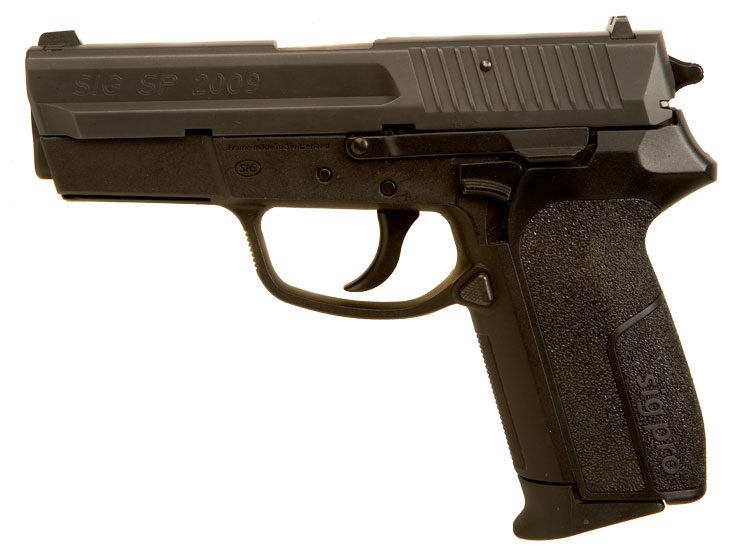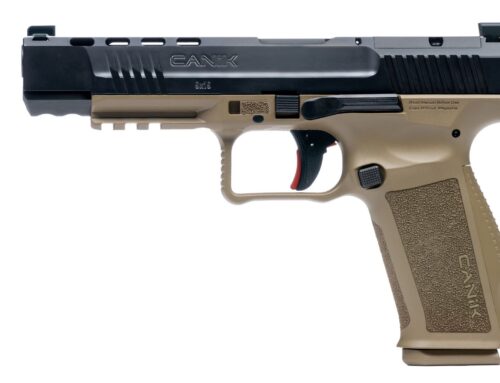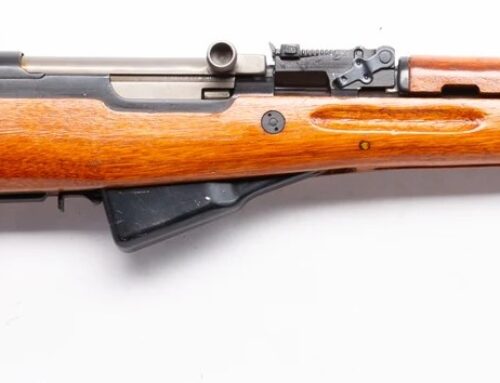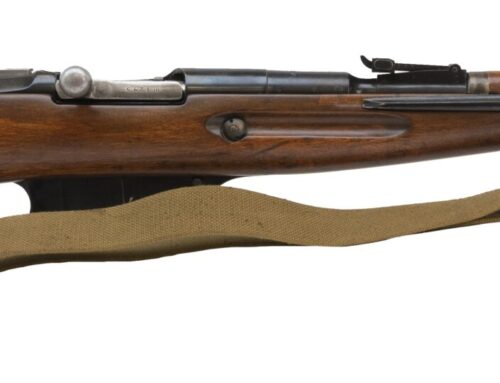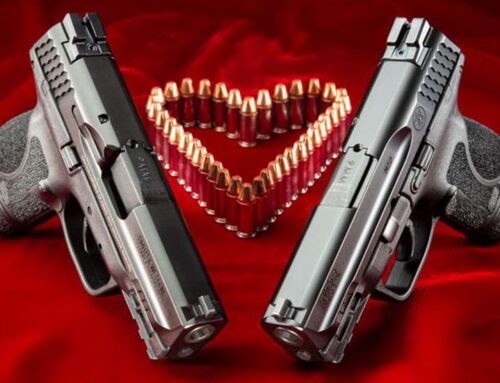These days the Sig P320 and the new P365 have been taking the spotlight for Sig’s polymer framed pistol lineup, but some may not realize that this is not Sig’s first dip into the poly pistol market. There was the double action only P250 which saw most of its popularity within law enforcement, however there was one pistol (technically three pistols) which had come out even earlier.
Enter the Sig Pro line of sidearms, one of the earlier handguns to feature both a completely replaceable grip backstrap and a modular fire control group which would allow easy conversion from Sig’s typical SA/DA with decocker to their ‘DAK’ double action. The very first models of Pro came out around 1999 as the 2340 in both .40 and .357 Sig with the 2009 model in 9mm coming out shortly after.
The Pro series has been considered one of the better kept secrets in the polymer pistol world for some time. When the original models came out they could be had brand new for around $500. Dimensionally they are almost identical to the P229 series (in fact one of the earliest display models of the Pro used the 229’s magazine.) Because of the polymer frame they shave around five ounces off of the standard Nitron P229 and are a good deal more affordable, however the Pros do not share parts compatibility with other models.
The first series of the Pro featured a proprietary rail which at the time would accept two different Sig branded accessories. There was a flashlight which originally retailed for $250 and a laser module which retailed for $350, both made by Laser Devices, Inc (now known as Steiner Optics.) Both of these accessories are now incredibly hard to find though they do mark another interesting point in the company’s history. Fast forward to today and Sig is making a number of in house gun gadgets, including proprietary accessories for their brand new P365 with its own proprietary attachment rail.
The Pro really took off in 2002 from a contract with the French Police who had requested a number of these pistols with the intention of keeping them in service for twenty years. This brought about the first notable revision to the pistol itself with the Sig Pro 2022. These models featured a reshaped trigger guard and a Picatinny compatible rail mount. Unlike the earlier models there was no model distinction between the three calibers.
Over the years the Pro has seen a few subtle changes. Earlier models could be had with a two-toned finish. The grip panels have changed slightly in style with earlier models having less aggressive texturing and a thicker grip with an L-shaped rubber insert. The decocker lever has changed slightly in style. Different sights have been offered as standard. The extractor has changed from internal to external. A loaded chamber indicator became available later on. They also offer the 2022 with a flat dark earth finish. As with most Sigs they also had the option of ‘standard’ contour triggers or slimmer ones.
Because of these subtle variations and lower production numbers it’s uncommon to find any two Pro’s that are completely alike, though regardless of which one you might happen to find they’re all still Sigs and are built as you would come to expect from the brand. The single and double action trigger pull and reset feels very similar to the Short Reset Triggers. The decocker lever is somewhat unique to the Pro as well. With other models the decocker is a smooth downward draw followed by a click and an easy reset. You can continue to hold it down after it catches the hammer’s tension then release it as you please. Not so with the Pro, the decocker has a shorter range of travel before it snaps upward with a quick reset. As soon as the hammer is caught both controls snap right back into position.
Disassembly also differs from other Sig pistols. There is no disassembly catch on a Pro. Instead the slide must be held back most of the way by hand, then the slide catch lever can be popped out from the right side of the pistol akin to a 1911 or CZ 75. This does take some getting used to and requires a fair bit of hand strength to keep the slide in position.
Less common variations of the Pro include the SPC 2009 and SPC 2022 which are slightly shortened 9mm only versions and a SP2009-9-BMS which had an ambidextrous manual safety mounted on the slide.
Aftermarket support for the Pro series is unfortunately fairly lacking. Crimson Trace offers a laser grip for these pistols, Mec-Gar makes higher capacity magazines, and some smaller manufacturers offer metal guide rods if you prefer those over the standard polymer ones. For a while Surefire offered a Picatinny rail adapter for the 2009/2340’s, but this seems to have been discontinued. Fortunately the Pro models seem to share some holster compatibility with the 226/229 series, mine easily shares two Kydex holsters with a 226.
The Pro series may not have had the fame of the 220 or 226 or the convertible flexibility of the 250/320’s but I believe these pistols have played an important role in Sig’s history. In fact, my very first handgun was a 2009 and it remains my preferred open carry pistol since it’s just a lighter Sig. When purchased it was priced below other polymer framed pistols, Glock included. Ever since that day I’ve been a fan of the brand. My old 2009 still shoots true and has held up well across state lines and as a concealed carry sidearm in a shoulder holster. It’s easily become one of those guns which I could never let go of.
It doesn’t surprise me at all that our military is now issuing the latest polymer framed P320. Not only was the price right, it’s also a Sig.



